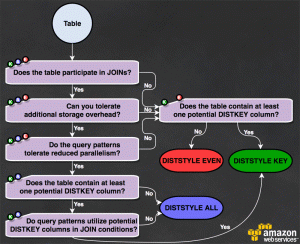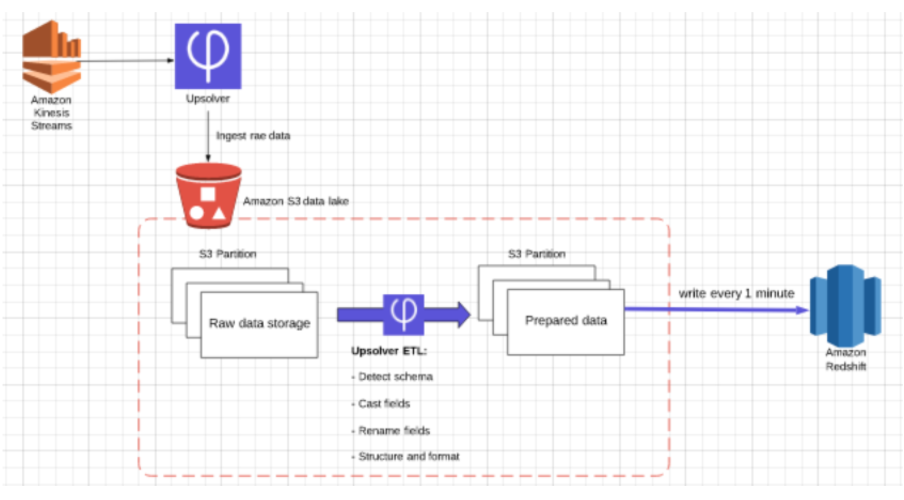

This is something to be considered by the analyst as when we set a sort key to improve the performance of a query, it is not possible to benefit from the compression of the column.

The default selections by Amazon Redshift are the following: Amazon Redshift tries to analyze the data and select the best possible Encoding while offering a broad range of different Encodings that can cover different scenarios. The time the above process takes is dependent on our table’s size.Īs we mentioned earlier, the right Compression Encoding depends on the nature of our stored data. Rename the new column to the name of the old oneĪlter table customers add column name_new varchar lzo Īlter table customers rename column name_new to name Selecting the right Compression Encoding for your data.Copy the data of the initial column to the new one.Create a new column with the desired Compression Encoding.The preferred way of performing such a task is by following the next process:
DATA TYPES REDSHIFT PDF
For this reason, we can use the input of our data analyst to decide if the encoding should adjust and select the most appropriate one.Ĭlick here to get our FREE 90+ page PDF Amazon Redshift Guide! How the Compression Encoding of a column on an existing table can changeĬurrently, Amazon Redshift does not provide a mechanism to modify the Compression Encoding of a column on a table that already has data. For this reason, we can use the input of our data analyst to decide if the encoding should adjust and select the most appropriate one.Īmazon Redshift does not provide a mechanism for automatically detecting if a Compression Encoding of a column should change. In the end, it recreates the table with the selected Column Compression Encoding for each column.Īmazon Redshift does not provide a mechanism for automatically detecting if a Compression Encoding of a column should change. The recommended amount of data is at least 100,000 rows.Īutomatic compression works by taking a sample of the data to be loaded and selects the most appropriate Column Compression Encoding for each column of that table.

DATA TYPES REDSHIFT MANUAL
The recommended way of applying Column Compression Encodings is by allowing Amazon Redshift to do it automatically but there are cases where manual selection might result in more optimized columns and tables.Īutomatic Compression works by analyzing the data that are imported by the COPY command. It is possible to define a Column Compression Encoding manually or ask Amazon Redshift to select an Encoding automatically during the execution of a COPY command. The reduced size of columns, result in a smaller amount of disk I/O operations and therefore it improves query performance.īy default, Amazon Redshift, stores data in its raw and uncompressed format. The reduced size of columns, result in a smaller amount of disk I/O operations and therefore it improves query performance. However, data is something that changes with time and a decision that made sense a few months ago, might not be the optimal one anymore.ĭata is something that changes with time and a decision that made sense a few months ago, might not be the optimal one anymore.įor this reason, we prefer to include Column Compression Settings as part of cluster maintenance, identifying again how the work of a data analyst can drive the related choices more efficiently.Īmazon Redshift is a columnar database, and the compression of columns can significantly affect the performance of queries. Why is Column Compression Important?Ĭhoosing the appropriate Column Compression Encoding is usually perceived as a choice made during the process of design the tables of a database. This choice is largely driven by the nature of the data that the column holds. Such improvement can happen by selecting an appropriate Column Compression Encoding.
DATA TYPES REDSHIFT HOW TO
In this chapter, we are going to see how to use this knowledge to optimize an Amazon Redshift Cluster and improve the query performance. During these tasks, the data analyst tries to further understand the data. What they can achieve with the data in analytic terms and how it should be organized to achieve their analytic goals. Data cleaning and preparation are among the most time consuming parts of a Data Analyst or Data Scientist’s job.


 0 kommentar(er)
0 kommentar(er)
